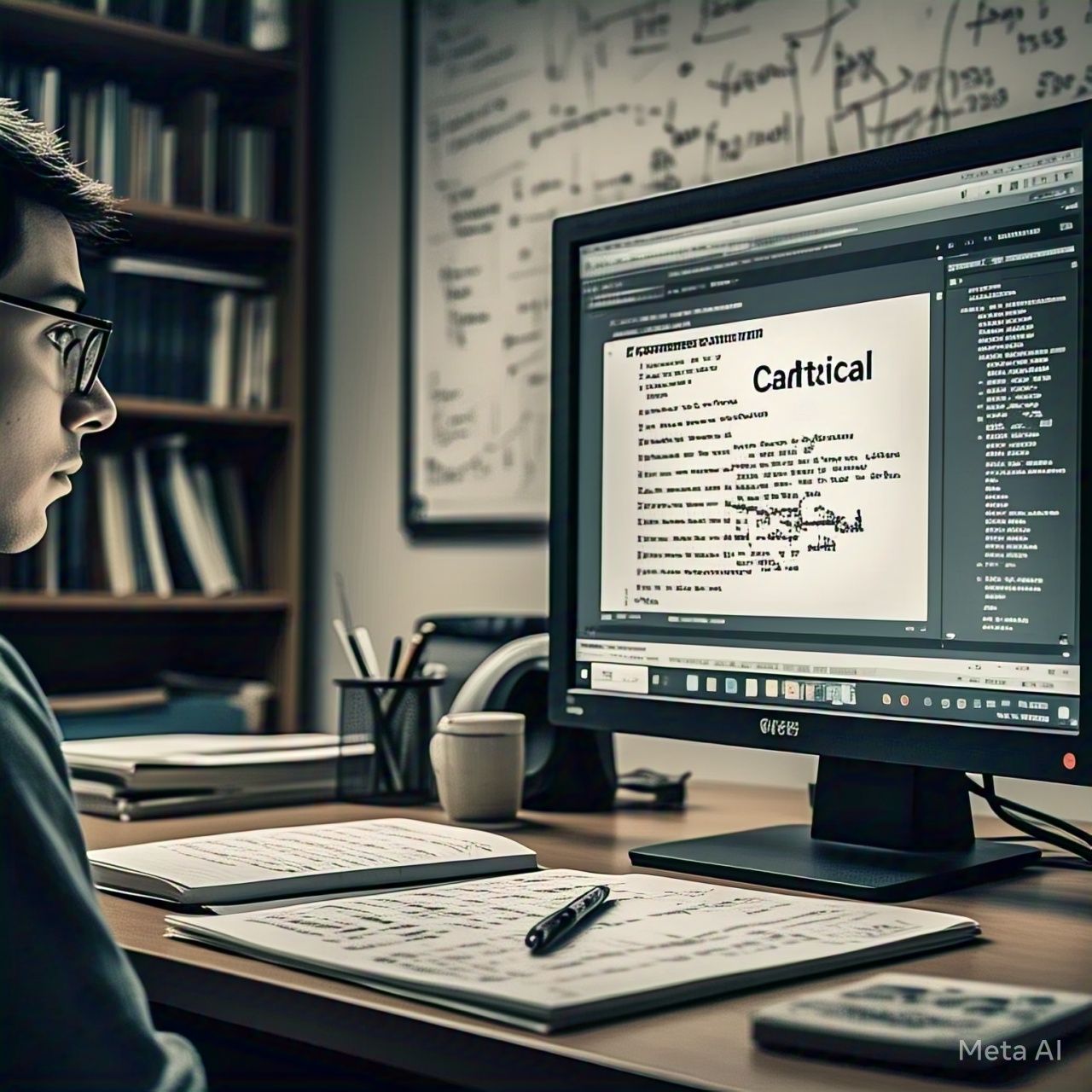Introduction
Financial markets are the backbone of the global economy, but they are also vulnerable to unethical practices such as market manipulation and insider trading. Regulatory authorities and financial institutions have long struggled to detect and prevent these illicit activities. With advancements in artificial intelligence (AI) and machine learning (ML), there is growing optimism that AI can revolutionize fraud detection in financial markets. But can AI truly detect market manipulation and insider trading? Let’s explore its capabilities, challenges, and real-world applications.
Understanding Market Manipulation and Insider Trading
Market Manipulation
Market manipulation involves artificial inflation or deflation of asset prices through deceptive practices. Common types include:
- Pump and Dump – Spreading false information to inflate a stock’s price before selling at a profit.
- Spoofing – Placing large orders without the intention of execution to create a false impression of demand or supply.
- Wash Trading – Executing buy and sell orders simultaneously to create misleading trading volume.
- Front Running – Executing trades based on non-public knowledge of large impending transactions.
Insider Trading
Insider trading occurs when individuals trade stocks or securities based on confidential, non-public information, violating fair market principles. This can involve corporate executives, government officials, or financial analysts using privileged knowledge for personal gain.
How AI Detects Market Manipulation and Insider Trading
1. Pattern Recognition and Anomaly Detection
AI-powered systems analyze vast amounts of trading data in real-time, identifying irregularities such as unusual trading volumes, erratic price movements, or unnatural order placements that suggest manipulation.
2. Natural Language Processing (NLP)
AI can monitor financial news, social media, and regulatory filings to detect misinformation, false hype, or coordinated efforts to manipulate stock prices.
3. Predictive Analytics and Behavioral Modeling
Machine learning algorithms create trader behavioral profiles by analyzing historical trading data. Any deviation from established patterns can trigger alerts for potential insider trading or manipulation.
4. Blockchain and AI Synergy
Blockchain technology enhances transparency in transactions, while AI can track and analyze encrypted transaction data to uncover suspicious activities.
5. Automated Surveillance Systems
Regulatory bodies and financial institutions use AI-driven surveillance systems to monitor trading activities across multiple markets, identifying suspicious transactions more efficiently than manual investigations.
Real-World Applications of AI in Market Surveillance
1. Regulatory Compliance and Law Enforcement
Regulators like the Securities and Exchange Commission (SEC) and Financial Industry Regulatory Authority (FINRA) use AI tools to detect fraudulent trading activities, enabling faster enforcement actions.
2. Financial Institutions and Hedge Funds
Investment banks and hedge funds leverage AI to monitor their own trading activities and prevent regulatory violations, reducing reputational and financial risks.
3. Cryptocurrency and Decentralized Finance (DeFi)
AI-powered tools help detect wash trading, market manipulation, and illicit activities in decentralized exchanges, an area often plagued by fraudulent schemes.
Challenges and Limitations of AI in Detecting Financial Fraud
1. False Positives and False Negatives
AI systems may sometimes flag legitimate trades as fraudulent (false positives) or fail to detect sophisticated manipulative schemes (false negatives), requiring human oversight.
2. Evolving Tactics of Fraudsters
Market manipulators continuously adapt their strategies to bypass AI detection, requiring continuous model updates and refinements.
3. Data Privacy and Ethical Concerns
AI surveillance tools must comply with strict data privacy regulations to ensure ethical monitoring without infringing on trader confidentiality.
4. Computational Complexity
Detecting insider trading requires analyzing enormous datasets from multiple sources, demanding high-performance computing resources.
The Future of AI in Market Fraud Detection
The integration of AI with big data analytics, blockchain transparency, and advanced machine learning models will enhance fraud detection capabilities. As regulatory bodies increasingly adopt AI-driven surveillance, the financial industry may become more transparent and resistant to manipulation.
Conclusion
AI has the potential to revolutionize market surveillance by detecting patterns, analyzing behaviors, and identifying anomalies associated with market manipulation and insider trading. While challenges exist, the continuous evolution of AI technologies offers hope for a more transparent and fair financial market. As AI adoption grows, collaboration between regulators, financial institutions, and technology experts will be crucial in ensuring effective fraud detection and prevention.




